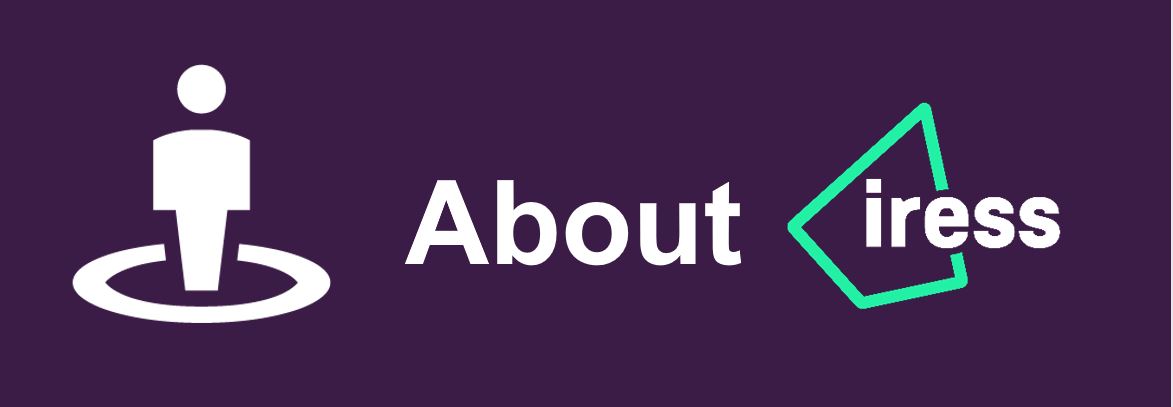A simple guide to Superannuation anti-detriment payments
Written and accurate as at: Dec 05, 2014 Current Stats & Facts

You may be aware that in the event that you are to pass away, your superannuation benefits will not automatically form part of your estate assets. Instead, superannuation death benefits are normally distributed via a beneficiary nomination.
There are two options when it comes to making a beneficiary nomination for your superannuation fund as follows:
- Make a discretionary (non-binding) nomination which provides the superannuation trustee with direction as to whom you would like your benefits paid out to. However, the superannuation trustee has the right to determine who to pay the superannuation benefit to.
- Make a binding death beneficiary nomination. This provides more certainty, as the superannuation fund trustee must pay out the death benefit to the nominated beneficiary.
A superannuation death benefit generally comprises of the deceased member’s account balance plus any insurance proceeds from policies owned within the superannuation fund.
If a death benefit is paid out to the beneficiaries as a lump sum payment, then in some cases an extra payment, called an anti-detriment benefit payment may also be paid.
An anti-detriment benefit payment is a refund of the 15% contributions tax paid by the deceased person during their lifetime. The payment can only be made to a spouse, former spouse or child (including an adult child) of the deceased member – either directly from the superannuation fund or via the deceased’s estate.
If the death benefit is paid to a spouse, ex-spouse or minor child then the entire benefit (including the anti-detriment payment) will be tax free as these beneficiaries are dependents for tax purposes and always receive superannuation benefits tax-free.
If the death benefit is paid to an adult child, who is not financially dependent on the deceased, it will form part of the taxable component of the lump sum death benefit and may be taxable at a rate of between 15% to 30% + Medicare Levy.
Let’s use a simplified example to better explain anti-detriment benefits in practice:
Susan has an account balance of $100,000 in ABC Super Fund. She has no insurance cover in her superannaution fund.
She decides to make a $35,000 concessional contribution to top up her superannuation. As this is classified as a taxable contribution, 15% contributions tax ($5,250) is deducted on entry to the fund. Her net contribution is $29,750.
Susan passes away a couple of months after making this contribution. Susan had previously made a binding death benefit nomination for her superannuation fund, leaving 100% of her superannuation balance to her husband Mark. Mark decides to receive the death benefit as a lump sum payment.
Under anti-detriment provisions, the superannuation trustee can “gross up” the superannuation death benefit lump sum to also incorporate the refund of the 15% contributions tax Susan paid on her recent contribution, meaning that the $5,250 would be refunded. Mark could receive this amount as an anti-detriment payment along with a refund of contributions tax for any other concessional contributions that were made to her account prior to that contribution.
Whilst this is just a very simple example of how anti-detriment benefit payments work, calculating the entitlement isn’t always straightforward. In many situations, trustees may be unable to track the total contributions tax paid, particularly where benefits have been transferred from previous supernnuation funds or where a member is in a self-managed super fund. In these situations, the superannuation trustee will typically use an ATO-approved formula to calculate the anti-detriment benefit amount.
Unfortunately not all superannuation funds will pay anti-detriment payments as there is no legal requirement for them to do so. For a superannuation fund to offer anti-detriment payments, they must have necessary provisions in place within the superannuation fund’s trust deed. If payments are offered by the superannuation fund, some funds will pay this benefit automatically, whilst other superannuation funds won’t make payments unless requested.
Also, anti-detriment payments are not available in “insurance only” superannuation funds where the entire contribution is used to pay insurance premiums which are tax deductible. This is because no contributions tax is levied in this instance, therefore no refund of anti-detriment payment is available.













